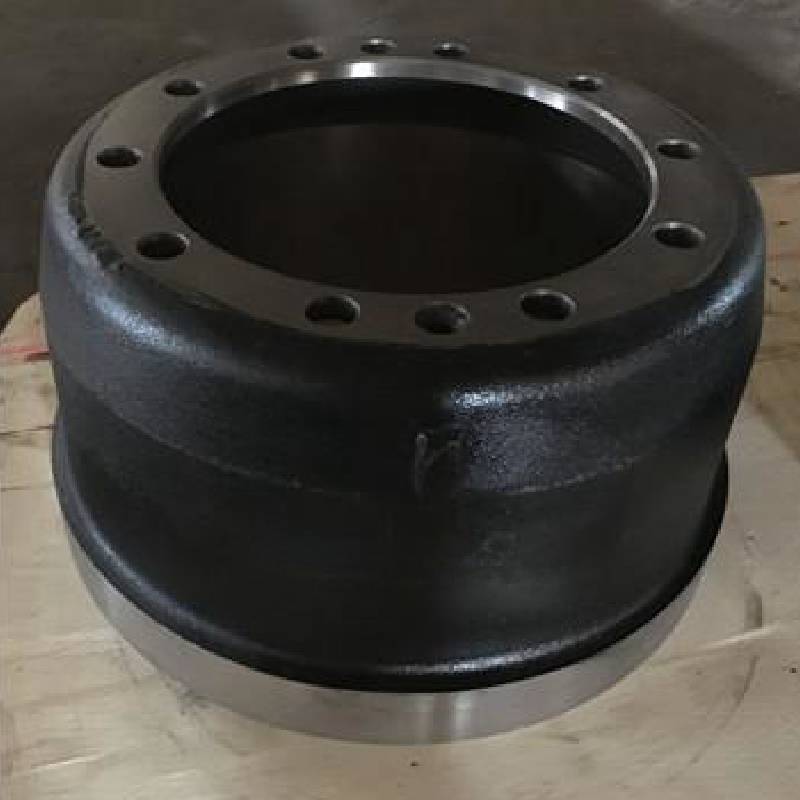Jul . 27, 2024 03:25 Back to list
Innovative Approaches to Designing Efficient Brake Drums for Enhanced Vehicle Performance and Safety
Understanding Brake Drum Design Key Considerations and Innovations
Brake systems are integral components of modern vehicles, ensuring safety and control while driving. Among the various types of braking systems, the brake drum design plays a significant role in the overall performance of drum brakes. This article explores the essential factors that contribute to effective brake drum design and highlights recent innovations in this area.
Basic Principles of Brake Drum Design
Brake drums work on a simple yet effective principle. When the driver pushes the brake pedal, hydraulic fluid is transferred to the brake drum assembly, causing the brake shoes to expand outward against the inner surface of the drum. This friction generates the force necessary to slow down or stop the vehicle. Therefore, the design of the brake drum is critical for achieving optimal performance.
1. Material Selection The material from which the brake drum is made significantly impacts its performance. Traditionally, cast iron has been widely used due to its strength and heat dissipation properties. However, advancements in materials science have introduced composite materials and lighter metals, which enhance heat resistance while reducing weight. This is crucial, especially in high-performance vehicles where heat buildup can lead to brake fade, compromising safety.
2. Heat Management Effective heat management is a cornerstone of brake drum design. As brakes operate, they generate substantial heat due to the friction between the drum and brake shoes. A well-designed brake drum must incorporate features that facilitate heat dissipation. For instance, ventilated or slotted designs allow airflow to cool the drum, thereby maintaining optimal operating temperatures and prolonging the life of brake components.
3. Design Geometry The geometry of the brake drum is another pivotal aspect. It must be designed to accommodate the brake shoes evenly to ensure uniform wear and efficient braking performance. The thickness, diameter, and shape of the drum can all influence braking torque and effectiveness. Engineers utilize advanced computer-aided design (CAD) software to simulate and optimize these dimensions for maximum efficiency.
brake drum design

4. Surface Finish The surface finish of the brake drum can influence the coefficient of friction between the drum and shoes. A smooth finish can lead to enhanced braking performance, while an excessively rough surface may cause uneven wear and decreased effectiveness. Therefore, careful consideration must be given to the manufacturing process to achieve the desired surface characteristics.
Innovations in Brake Drum Technology
Recent advancements in brake drum technology have opened new avenues for enhancing performance and safety. One such innovation is the use of carbon-ceramic materials, which offer superior heat resistance and lower weight compared to traditional materials. This advancement is particularly beneficial for high-performance and electric vehicles, where braking efficiency is paramount.
Another innovative development is the integration of sensors and smart technology into brake drum systems. These sensors can provide real-time data on brake temperature, wear, and performance, allowing for predictive maintenance. Such technologies not only enhance safety but also improve the longevity of the braking system by providing feedback to the driver and enabling timely interventions.
Conclusion
The design of brake drums is a complex interplay of materials, geometry, and technology, all aimed at ensuring efficient and reliable braking performance. As vehicle technology continues to evolve, so too will the innovations in brake drum design. Understanding these principles not only enhances vehicle safety but also contributes to the overall driving experience. For manufacturers and engineers, the challenge remains to balance performance, weight, and cost in a rapidly advancing automotive landscape, making the design of brake drums a critical focus within the industry.
-
Scania Brake Drums: OEM Quality for Optimal Safety & Durability
NewsAug.16,2025
-
R.V.I: Advanced Remote Visual Inspection for Precision
NewsAug.15,2025
-
Discover HYUNDA: Innovative Vehicles, Equipment & Solutions
NewsAug.14,2025
-
R.V.I: Unlock Advanced Insights & Real-time Performance
NewsAug.13,2025
-
Kamaz Brake Drum: Durable & Reliable for Heavy Duty Trucks
NewsAug.12,2025
-
Heavy Duty Iveco Brake Drum - Premium Quality & Safety
NewsAug.11,2025
